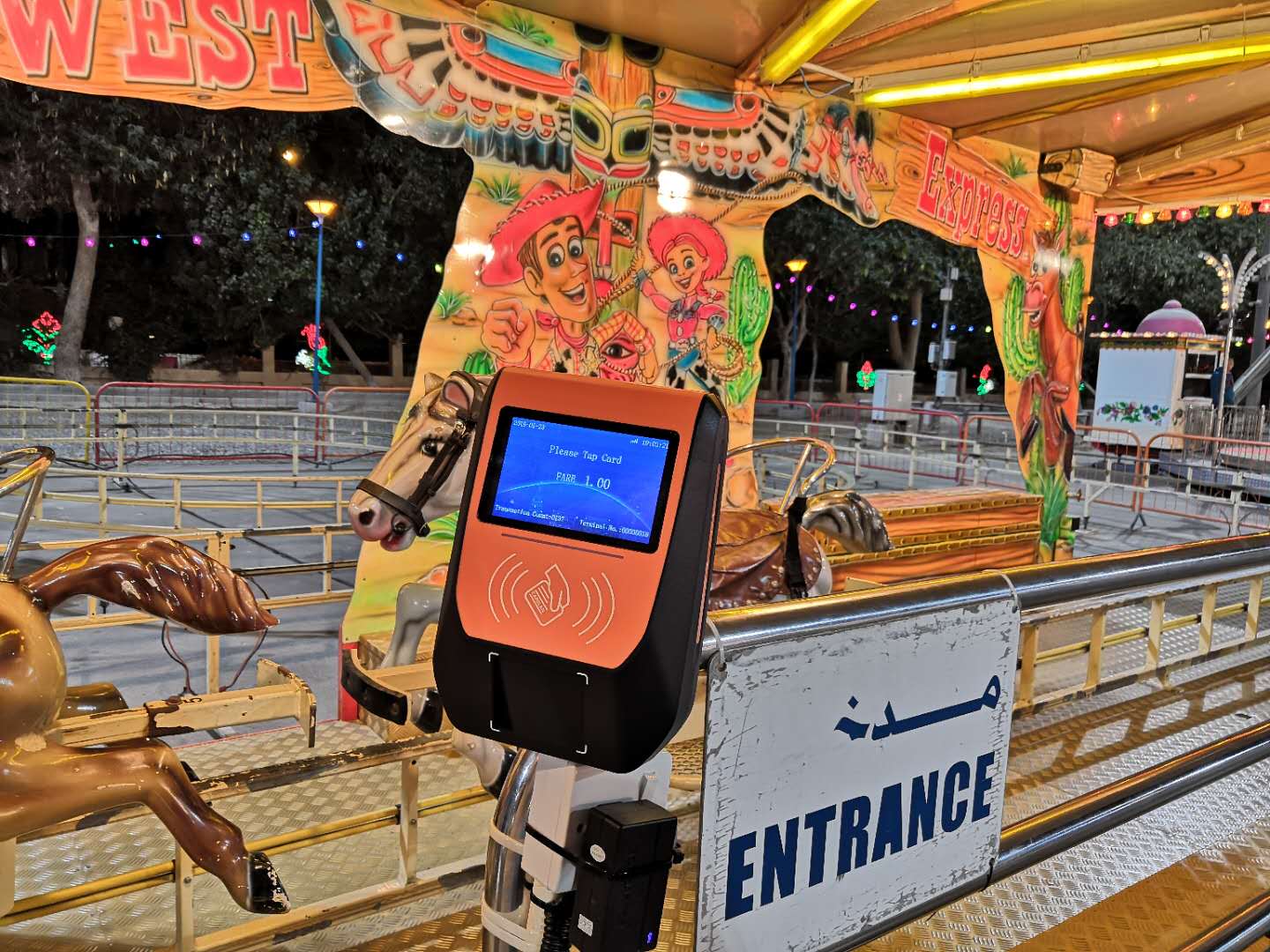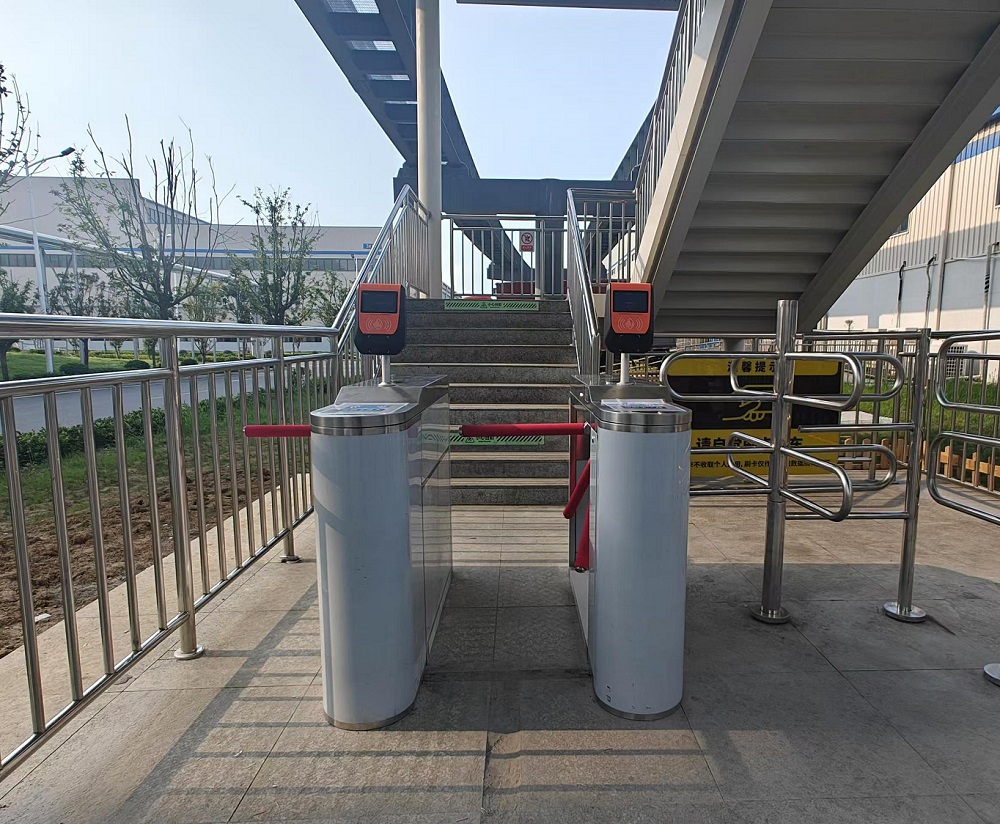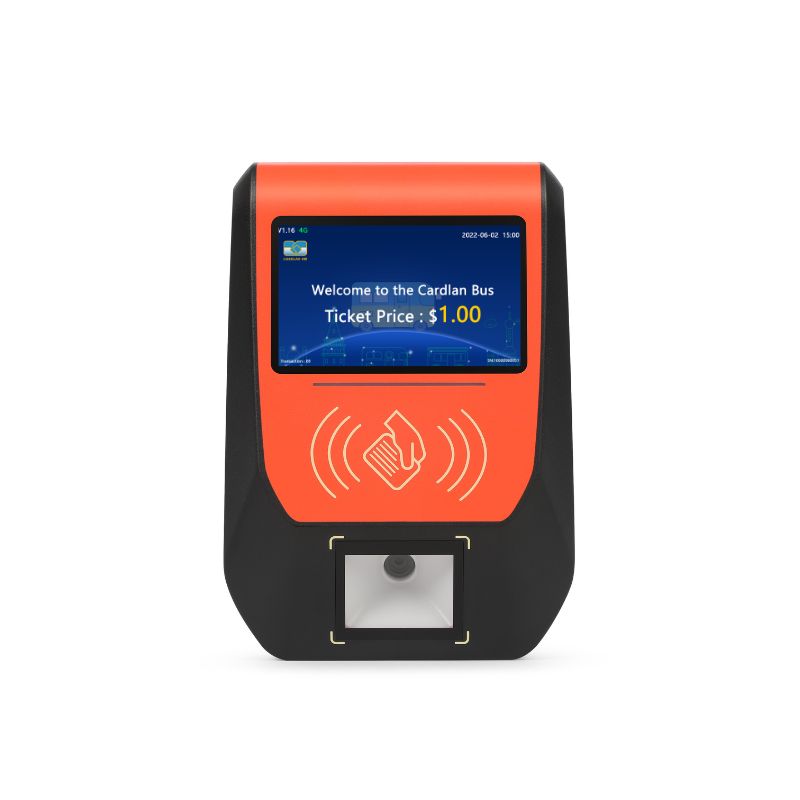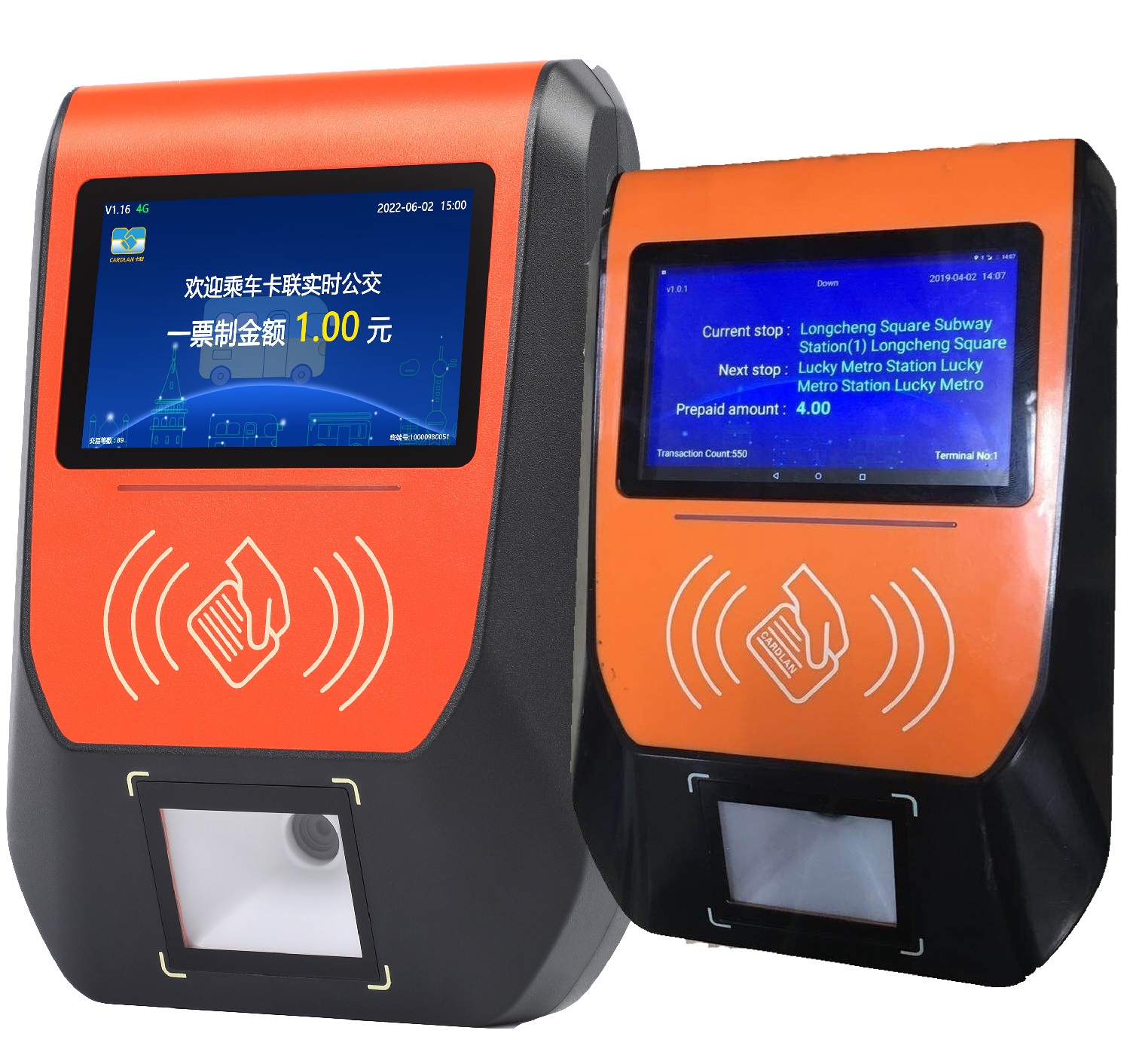In today's digital era, amusement parks are embracing innovative technologies to enhance the guest experience, streamline operations, and improve safety. Two such technologies that have gained significant traction in recent years are Radio Frequency Identification (RFID) and Quick Response (QR) codes.
RFID technology involves the use of small electronic tags, known as RFID tags or transponders, which emit radio signals that can be detected and identified by readers. In amusement parks, RFID tags are often embedded in wristbands or tickets, allowing guests to enjoy seamless access to rides, attractions, and other facilities.
One of the primary benefits of RFID in amusement parks is the elimination of long queues and wait times. Guests can simply swipe their RFID-enabled wristbands or tickets at designated points, granting them instant access to rides without the need for paper tickets or manual scanning. This not only saves time but also reduces the risk of lost or stolen tickets.
Moreover, RFID technology enables amusement parks to collect valuable data on guest behavior and preferences. By tracking which rides and attractions are most popular, parks can make informed decisions about improving their offerings and enhancing the overall guest experience.
On the other hand, QR codes have also become a popular tool in amusement parks. These two-dimensional barcodes can be scanned using smartphones, providing guests with instant access to information, promotions, and special offers.
For example, amusement parks can use QR codes to provide guests with digital maps and navigation tools, making it easier for them to find their way around the park. Additionally, QR codes can be used to offer discounts on food and beverages, enabling guests to enjoy more of the park's amenities without breaking their budget.
Moreover, QR codes can also enhance safety measures in amusement parks. By scanning a QR code, guests can quickly access emergency information, report incidents, or contact park staff in case of need. This provides a convenient and efficient way for guests to stay connected and informed during their visit.
In conclusion, the application of RFID and QR code technology in amusement parks is revolutionizing the guest experience. By leveraging these innovative tools, parks can streamline operations, improve safety, and provide a more enjoyable and convenient experience for their guests. As technology continues to evolve, we can expect to see even more innovative applications in the amusement park industry in the future.

 Cardlan flat fare/Zonal fare collection solution
Cardlan flat fare/Zonal fare collection solution
 Application of Relay Function in Bus Card Readers for Gate Control
Application of Relay Function in Bus Card Readers for Gate Control
 Development of Bus Fare Collection Machine Hardware and SDK
Development of Bus Fare Collection Machine Hardware and SDK
 Why some buses have one card reader some have two card readers?
Why some buses have one card reader some have two card readers?